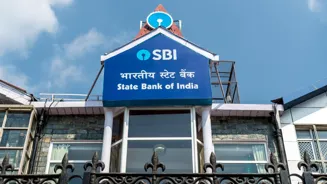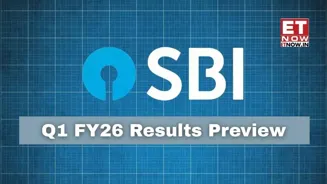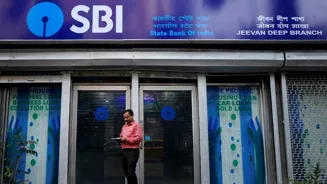Speaking after the
“Our Q1 results demonstrate our ability to operate profitably at scale,” Setty said. SBI reported a net profit of ₹19,160 crore in Q1 FY26, up 15% year-on-year and above street estimates.
The bottom line was boosted by higher other income, which rose to ₹17,345 crore from ₹11,162 crore last year. However, Net Interest Income (NII) — the bank’s core income — remained flat at
Setty noted that Net Interest Margins (NIMs) are likely to follow a U-shaped trajectory during the year.
“NIMs will moderate in Q1 and Q2 but are expected to recover to Q4 FY25 levels by the end of FY26,” he said.
Despite pressures on margins and rising prepayments by corporate borrowers, Setty said the bank’s structural profitability remains intact. SBI aims to consistently maintain a Return on Assets (RoA) above 1% and Return on Equity (RoE) above 15% through business cycles.
Retail, SME, and personal loan portfolios continued to grow in double digits. However, corporate loan growth slowed during the quarter due to a shift in borrowing towards market instruments and repayments outpacing disbursements.
“We had significant prepayments and couldn’t always match pricing corporates expected,” Setty said, but added that SBI remains hopeful of returning to double-digit growth in the corporate loan book.
To support future lending, SBI recently completed a ₹25,000 crore capital
On the global front, Setty said the impact of U.S. tariffs on SBI’s loan book is limited, as the bank has low exposure to sectors directly reliant on exports to the US. However, he warned that uncertainty and narratives around tariffs could affect consumer sentiment.
“There could be some postponement of spending due to tariffs, which may have a second-order impact,” he said.
SBI is looking to grow its unsecured personal
The bank believes that deposit rates have peaked, potentially easing funding cost pressures in the coming quarters. SBI also continues to offer UPI services free of charge, despite increasing transaction volumes.














